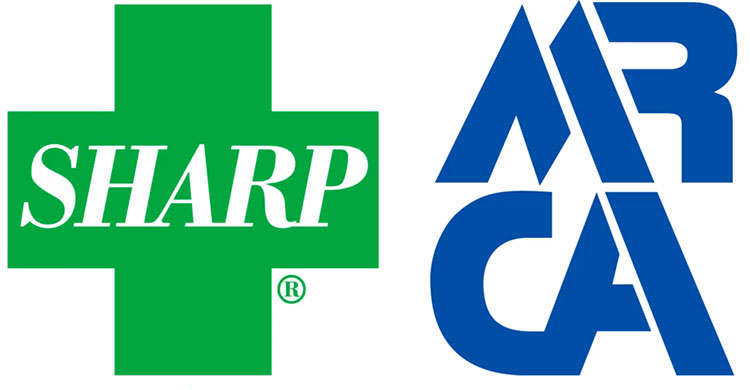The Most Important Aspect of Roofing - Part 2

By Lauren White, RCS Reporter.
Creating a balanced attic ventilation system.
In part 1 of this attic ventilation series, we covered the important role that the attic ventilation system plays in the performance of a roof. Part 2 explores how to create a balanced system that performs properly. In part 3 we explore myths and mistakes.
To create a balanced system, there should be 50% intake ventilation and 50% exhaust ventilation, thus allowing the roof to breathe easily. GAF warns that, “In no case should the amount of exhaust ventilation exceed the amount of intake ventilation.” An imbalance between the ventilation sources can cause the airflow to become disrupted and draw air into the attic through the exhaust vents, according to Roof Saver.
The next step is to determine the correct amount of ventilation needed for the attic space. This is measured in Net Free Vent Area (NFVA) or Net Free Area (NFA), which is the total area in which air can pass through the vent. There are different ratios to apply when determining the NFA depending on the size of the attic and if a vapor retarder is already installed. If an attic has a vapor retarder already installed, apply the 1:300 ratio, meaning 1 square foot of NFA is needed for every 300 square feet of attic. If a vapor retarder is not installed at the foot of the attic, use the 1:150 ratio. For every 150 square feet of attic area use 1 square foot of NFA. Owens Corning provides a ventilation calculator to help easily determine ventilation requirements and how much exhaust ventilation is needed for proper roof and attic ventilation.
When installed properly, Roof Saver ridge vent, acts as the intake for an attic ventilation system. “Roof Saver ridge vent is a flexible material that is intended to be installed in conjunction with eave, cornice, or soffit vents,” as explained in the Roof Saver eBook. The combination of these two vents allows for natural ventilation to occur in enclosed attic and rafter spaces. Since Roof Saver is installed under roof shingles, it’s a more visually appealing venting option compared to pot vents and fans.
Owens Corning recommends installing one type of exhaust vent per attic space. Different vent types—box, slant-back, and turbine—move air flow through the attic in different ways. Mixing vents can cause more harm than good, having “unintended consequences on the energy efficiency, moisture control, and the performance and durability of the roof system,” according to Owens Corning. It is suggested that old vents are removed and the holes they left behind are patched when preparing to install a new ventilation system. Intake or exhaust ventilation can be increased with the installation of additional vents, as long as they are the same type that’s already installed. An attic cannot be over-ventilated as long as the system remains balanced and adheres to the 1:150 or 1:300 ratios.
Attic airflow is a core part of business for many roofing professionals. Corey Ballweg, the owner and president of Mid Towne Construction Inc. in Wisconsin shares, “Attic ventilation is one of the key issues that I discuss and explain with a client...I give attic ventilation the same emphasis as selecting the proper shingle for the project. I explain the potential decking, shingle, ice dam and energy issues that result from poor attic ventilation.” He isn’t the only person putting an emphasis on ventilation to differentiate his company. Ron Bastian, the owner and president of Bastian Roofing Inc., also in Wisconsin explains, “It separates me from the competition so my business stands out...I would say 80 percent or better of my competition do not educate the homeowner about the importance of attic ventilation.”
Get more news and information like this delivered right to your inbox when you sign up for the RCS Week in Review e-newsletter.






















Comments
Leave a Reply
Have an account? Login to leave a comment!
Sign In